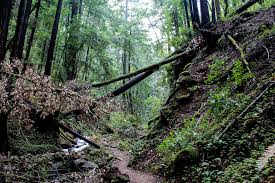Dr. Phil in his presentation describes forest resilience as the ability of the forest to persist under pressure , following stress, disruption and disturbance. He explains that his can be accomplished through five different ways. the first is Robustness which is the ability of the forest to resist change even after a serve disruption like fire. the second is Recovery, this is the ability of the forest to return back to its previous state after a major disturbance, which could be fire or climatic change. The third is Adjustment often achieved through a shift in species composition, where some components,structures or functions of the forest are changed, which may be temporary. The fourth is Adaptation, these are changes that reflect the flexibility and function of the forest under a broad range of conditions like genetic variability and climate shift, this is a major long-term Adjustment. The last is Transformation where most components and structure changes but some functions are retained, like from forest to a grassland.
According to Dr. Phil the forest has the ability to naturally regenerate, even after extreme disruption like large forest fire. Dr. Phil explains that when a young forest is burnt before it get to its reproductive age , that young forest will never regenerate again. forest naturally regenerate even after extreme fire, logging and climate change.
The presentation was very interesting and similar to my research area where crude oil pollution have damaged the forest in an entire region, serve forest fire have occurred in the region as a result of pipeline explosion. Natural regeneration have occurred in few areas but the most polluted region might not regenerate naturally again.


Recent Comments